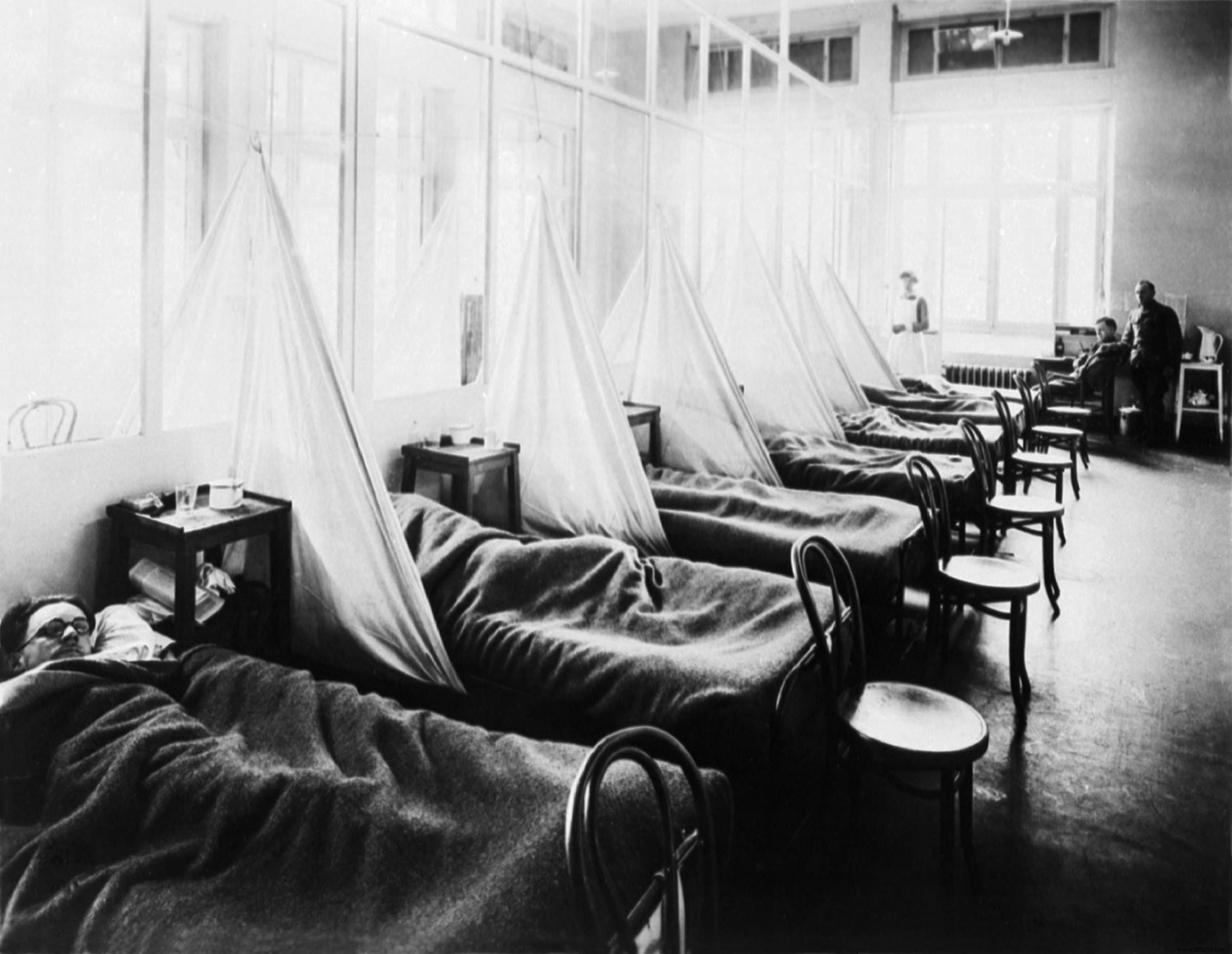All pandemics end one day. Officially, it is the World Health Organization (WHO) that will have the delicate task of declaring the end of the health crisis linked to Covid-19. Unofficially, however, signing the end of the pandemic will be more sociological than epidemiological, according to some experts.
As the world has just "celebrated" the second anniversary of the Covid-19 pandemic, things finally seem to be moving in the right direction. If some countries, like China, are again facing a rise in contamination cases, and if the World Health Organization is still maintaining pressure, Covid cases and deaths are experiencing a sustained decline in a much of the world . It is also believed that many people have acquired some immunity to SARS-CoV-2.
As a result, the restrictive measures are gradually being lifted . This is particularly the case in France, with the end to the wearing of the mandatory mask indoors and the suspension of the vaccination pass since Monday March 14, 2022.
While the virus is likely to still be circulating at some level, some people (not all) have a growing belief that the pandemic is over. However, this thought could eventually spread into the collective unconscious. “I believe that pandemics end partly because humans declare them over “, underlines Marion Dorsey, of the University of New Hampshire, specialist in past pandemics, to Scientific Amercian.
Of course, the researcher points out that there is an epidemiological component, characterized by the point at which a disease is still circulating, but no longer causes major peaks of serious illness or death . From then on, the disease is no longer pandemic, but becomes endemic. However, for practical purposes, the question of when this transition occursis largely dependent on human behavior .
“Whenever people walk into stores without a mask or even just walk into stores for fun, they are indicating that they think the pandemic is over where is finished “, she continues. Whether or not there is any official statement, "I don't think anything really makes sense until we as a society act like it does “.
Author and historian John M. Barry, an expert on the 1918 flu pandemic, agrees. A pandemic ends “when people stop paying attention “, he explains to SA. “While vaccines and treatments are still out of reach for many people around the world, I think the public is growing weary of restrictions ". However, he warns of a certain danger in wanting to go too fast .

Causing the death of at least fifty million people, the 1918 pandemic is often described as having experienced three waves between 1918 and 1919. The specialist recalls however a new variant appeared in 1920, gradually bringing about a fourth wave, killing more people in some cities than the second. In 1921, the number of influenza deaths finally returned to pre-pandemic levels. Then the pathogen (an H1N1 flu virus) evolved to become less virulent.
The Omicron variant of SARS-CoV-2 also appears to cause milder disease, but no law of nature says a virus must always evolve to become less virulent . It is indeed quite possible that a future variant as transmissible as Omicron and much more virulent will appear in a few months. On this point, John M. Barry nevertheless remains cautiously optimistic. "I think it's more likely than not that future variants won't be worse “, he said.
Another factor that helped the 1918 pandemic fade from public consciousness is that it coincided with the end of World War I, which then absorbed much media attention at the time, although subsequently other diseases such as poliomyelitis began to attract attention again. Although it is impossible to draw a direct parallel with 1918, today the conflict in Ukraine could play a similar role , ultimately precipitating the disappearance of the pandemic from the unconscious of many people.
Recovery could take several years, however, and for some, this disease will leave a lasting impression. Many people who have lost parents or loved ones will obviously never be able to move on. It will also be complicated for the legions of healthcare workers witnessing an unimaginable number of deaths and suffering related to the disease.